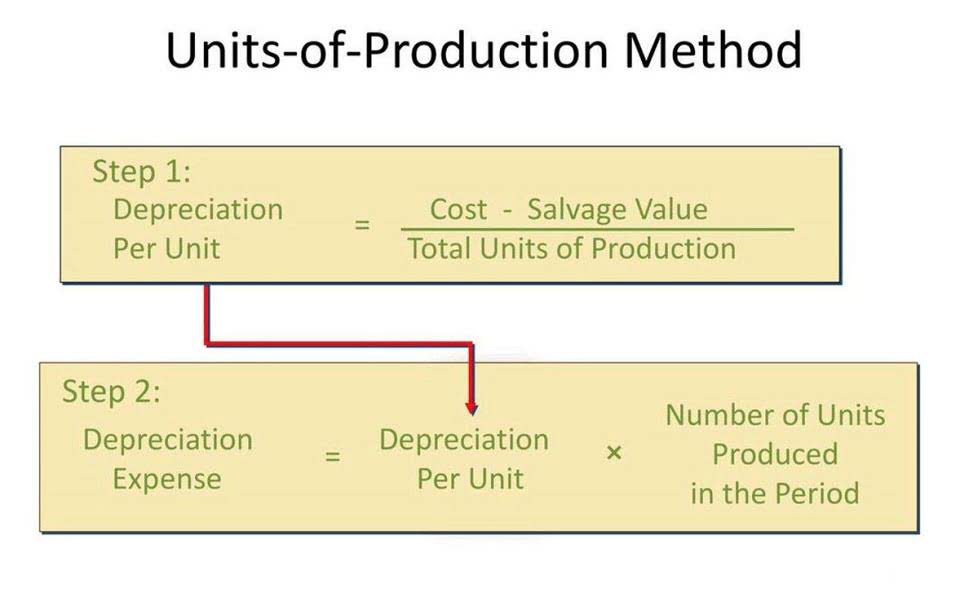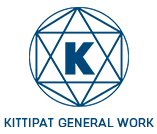What is standard costing?
Content
It is very difficult to compare and find out the reasons of cost fluctuation through Historical Costing, as it ascertains costs after they have been incurred. The reasons for cost fluctuation apart from variations in output (or units produced) may be detected through introductions of standard costing. Its utility are increasing day by day in advanced countries, like U.S.A., Great Britain etc. ‘Normal’ standard represents the level of performance attainable under normal operating conditions, i.e., normal efficiency, normal sales, normal production volume, etc. It focuses on the practical attainable efficiency, after taking into consideration normal imperfections. Causes for this variance are- inefficiencies, inexperienced labour, change in operations, new tools, different types of material etc.
- Budget planning is undertaken by the management at different levels at periodic intervals to maximise profit through different product mixes.
- While in a reverse scenario, it will be an unfavorable variance.
- The standards for direct labor cost will thus rely upon the standard labor time for production and the hourly labor rates.
- It is unsuitable for price quotations, production planning and involves too much of paper work.
- The total production process may be subdivided into various sub-processes of manufacture.
The most common variances that a cost accountant elects to report on are subdivided within the rate and volume variance categories for direct materials, direct labor, and overhead. Such limitations encouraged the development of a new costing approach, i.e., predetermined costs. It helps management to know costs before production starts and control inefficiency and waste at the source. Predetermined costs — when ascertained on a scientific basis — result in standard costs. Traditional approaches limit themselves by defining cost behavior only in terms of production or sales volume.
Definitions of Standard Costing
Standard costing is generally best applied to companies whose activities are simple and repetitive (Drury, 2008). The setting up of standard costs requires the consideration of quantities, price or rates, and qualities or grades for each element of cost that enters a product (i.e., materials, labor, and overheads). For example, the difference in materials costs can be divided into a materials price variance and a materials usage variance. The difference between the actual direct labor costs and the standard direct labor costs can be divided into a rate variance and an efficiency variance.
Ideal standards are those that can be attained only under the best circumstances. Meeting standards may not be sufficient; continual improvement may be necessary to survive in the competitive environment. In some cases, a “favorable” variance can be as bad or worse than an “unfavorable” variance. For example, McDonald’s has a standard for the amount of hamburger meat that should be in a Big Mac.
What is your current financial priority?
It reflects the costs that would have been incurred in a certain past period or the base period. This standard is used for items or costs which are likely to remain constant over a long period. Such a standard is, therefore, set on a long-term basis and are very rarely revised. The guiding factor for changing the standard is, whether or not conditions have so changed that standards as set no longer reflect what was in mind at the time of their determination.

It is the difference between actual hours worked multiplied by standard overhead rate and the standard hours multiplied by the standard overhead rate. Its frequent revision is thus, the only disadvantage of this type of standard. But, yet, the term ‘standard’, in cost accounting usually means expected standard based on attainable efficient production. This study will enable the setting up of labour and machine cost standards. For the success of the standard costing system cooperation of the factory executives for fixing the quality and efficiency standards is essential.
Problem with Misunderstanding Standards
Variance analysis helps management to understand the present costs and then to control future costs. A budget emphasizes the volume of business and the cost level, which should be maintained if the firm is to operate as desired. On the other hand, standards do not tell what costs are expected but rather what they will be if certain performances are achieved. By contrast, ideal standards cannot be used in forecasting and planning; they do not allow for normal inefficiencies, and therefore they result in unrealistic planning and forecasting figures. Practical standards are those standards that are tight but attainable.
Although the economy is just recovering it is very easy to see how using inadequate costing systems can affect a company. A costing system is mainly used for control hence if it does not reflect existing conditions no control can be instituted. Another suggestion that has presented is the consideration of continuous improvement in the alteration of standard costing system (Cheatham & Cheatham, 1993). Suggestion include using the result from the prior period as a standard, setting up of benchmarks and periodically modifying them, utilizing moving cost reductions and finally target costing. Another change that may enable usage of the standard costing system is empowerment and training of employees. It is necessary for employees to understand what standard costing is and how they can help the company meet its set standards (Broadbent & Cullen, 2003).
Control is exercised by taking into account budgets and actuals. Cost estimation is made for submitting tenders or quoting price of a product or a unit of service. When cost estimation is made, it does not mean that cost ascertainment is done away with. The passage of time has nothing to do with the question standard costing system of revising the standard. The standards should be changed only when they reflect something which no longer exists. A review of standards should be made at a specific interval according to decision of management, but revision should be attempted only when compelling unusual conditions come to prevail.

Actual costs are compared with the standards costs and variances are determined. These standards are used only when they are likely to remain constant or unaltered over a long period. According to this standard, a base year is chosen for comparison purposes in the same way as statisticians use price in- dices. Since basic standards do not represent what should be https://www.bookstime.com/ attained in the present period, current standards should also be prepared if basic standards are used. These are standards that may be achieved under normal operating conditions. The normal activity has been defined as “the number of stand- ard hours which will produce at normal efficiency sufficient good to meet the average sales demand over a term of years”.

